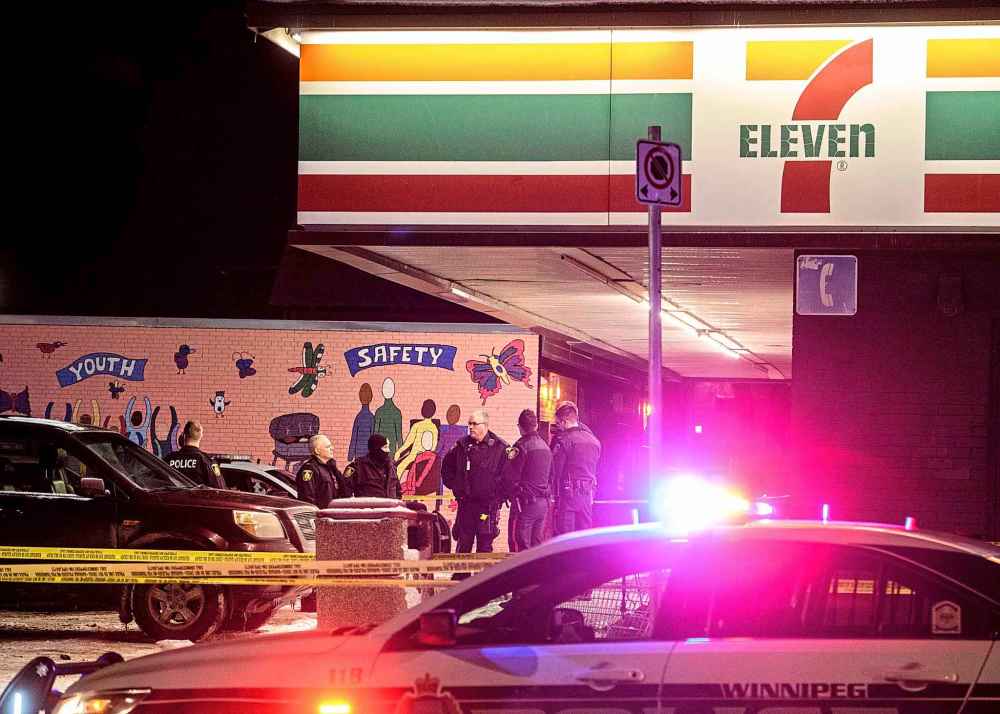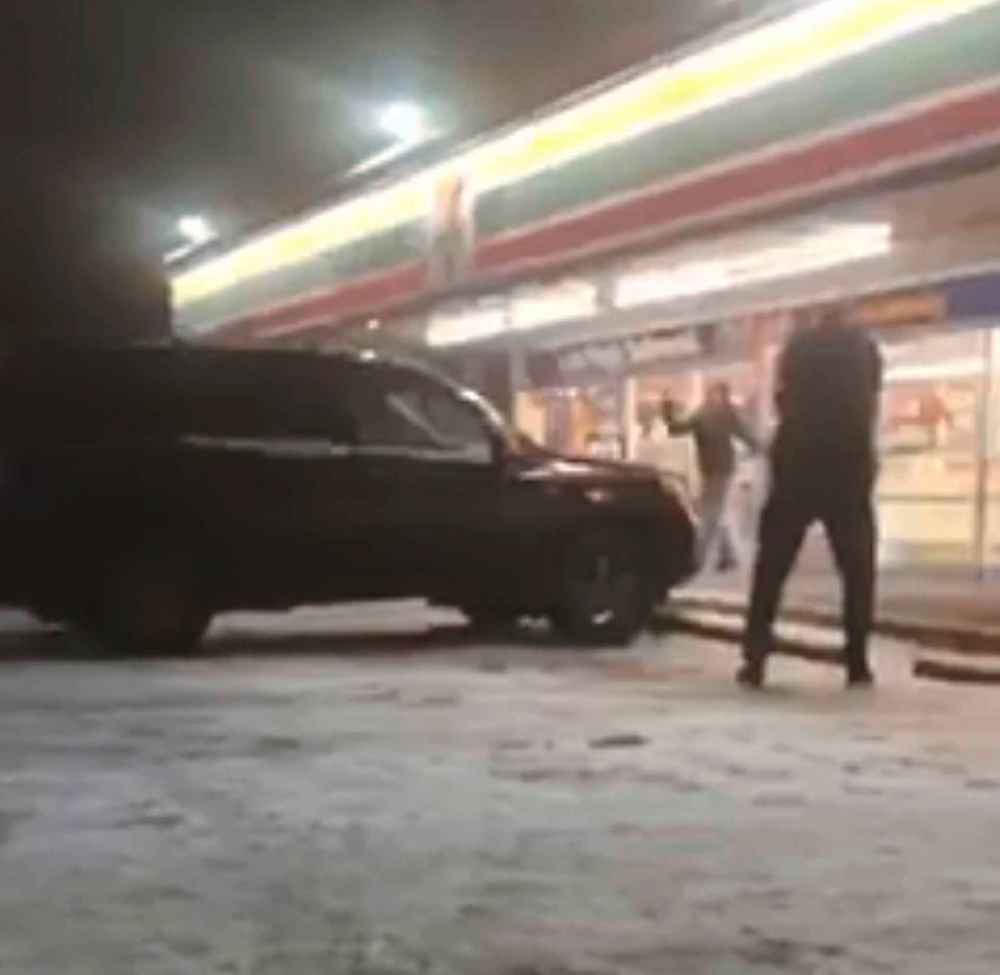Social media reshapes law enforcement
Advertisement
Read this article for free:
or
Already have an account? Log in here »
To continue reading, please subscribe:
Monthly Digital Subscription
$0 for the first 4 weeks*
- Enjoy unlimited reading on winnipegfreepress.com
- Read the E-Edition, our digital replica newspaper
- Access News Break, our award-winning app
- Play interactive puzzles
*No charge for 4 weeks then price increases to the regular rate of $19.00 plus GST every four weeks. Offer available to new and qualified returning subscribers only. Cancel any time.
Monthly Digital Subscription
$4.75/week*
- Enjoy unlimited reading on winnipegfreepress.com
- Read the E-Edition, our digital replica newspaper
- Access News Break, our award-winning app
- Play interactive puzzles
*Billed as $19 plus GST every four weeks. Cancel any time.
To continue reading, please subscribe:
Add Free Press access to your Brandon Sun subscription for only an additional
$1 for the first 4 weeks*
*Your next subscription payment will increase by $1.00 and you will be charged $16.99 plus GST for four weeks. After four weeks, your payment will increase to $23.99 plus GST every four weeks.
Read unlimited articles for free today:
or
Already have an account? Log in here »
Hey there, time traveller!
This article was published 22/11/2019 (2208 days ago), so information in it may no longer be current.
Video footage of police shooting an armed teenage boy at a West End convenience store Thursday quickly circulated on social media, causing a firestorm of controversy and dividing opinion among Winnipeggers.
Christopher Schneider, an associate professor of sociology at Brandon University who studies the intersection of police and social media, says this is the new reality law enforcement must navigate in the 21st century.
“This is a trend we’re seeing in policing where you have user-generated videos of police using force. These videos are circulating online, sometimes in advance of police statements about the incidents, and sometimes in advance of news media statements,” Schneider said.

In previous decades, Schneider said police agencies had a monopoly on the “control of crime narratives,” allowing them to decide what information should be revealed to the public and what should be held back.
Since most people now carry cellphones with video-recording capabilities, it’s eroded the ability of law enforcement to always have the first word on use-of-force situations.
“Twenty to 35 years ago, police would respond, cordon off the scene, deal with the situation, then the news media would show up, and they would provide information to the news media, and sometimes would choose to conceal certain information,” Schneider said.
“News media would then write up the stories, the public would read the stories, hear the stories, watch them on TV, and in that way, police had a hand in controlling the crime narrative.”
As seen in Thursday’s shooting in Winnipeg — which left the 16-year-old suspect in hospital in critical condition — when use-of-force situations are captured on video, the narrative from police is sometimes at odds with how some segments of the population view the incident.
“The narratives are not consistent. You see online comments saying, ‘This guy deserved it, he had it coming.’ You also see comments where people are saying, ‘Nine shots? That seems excessive.’ Or, ‘Why couldn’t police have de-escalated?’” Schneider said.
“Meanwhile, you have police coming out and saying the shooting was a justified use-of-force scenario. These divergent narratives can lead to an erosion of police legitimacy.”

Winnipeg Police Service spokesman Const. Rob Carver said Friday while video footage of incidents can help investigators, it’s ultimately dangerous for people to linger around crime scenes in order to record police.
Carver warned it is only a matter of time before someone gets hurt — or worse — documenting criminal incidents as they unfold.
“I simply don’t understand someone’s burning need to pull out a cellphone and record a violent incident,” Carver said.
— Ryan Thorpe

Ryan Thorpe likes the pace of daily news, the feeling of a broadsheet in his hands and the stress of never-ending deadlines hanging over his head.
Our newsroom depends on a growing audience of readers to power our journalism. If you are not a paid reader, please consider becoming a subscriber.
Our newsroom depends on its audience of readers to power our journalism. Thank you for your support.
History
Updated on Friday, November 22, 2019 9:41 PM CST: Adds photo


